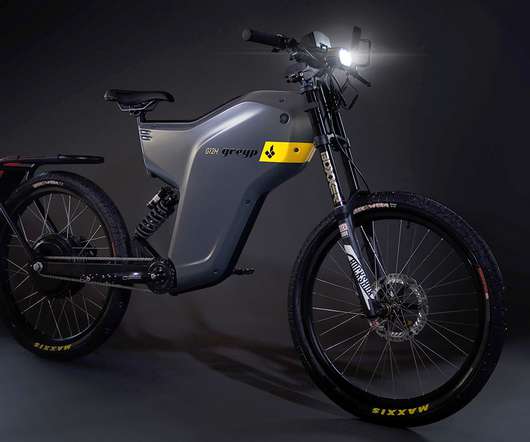China team develops efficient multifunctional catalyst for conversion of CO2 to gasoline-range hydrocarbons
Green Car Congress
MAY 2, 2017
This catalyst exhibited 78% selectivity to C 5 -C 11 as well as low (4%) CH 4 at a CO 2 conversion of 22% under industrial relevant conditions. Moreover, the multifunctional catalyst exhibited a remarkable stability for 1,000 h on stream, showing potential to be a promising industrial catalyst for CO 2 conversion to liquid fuels.






















Let's personalize your content